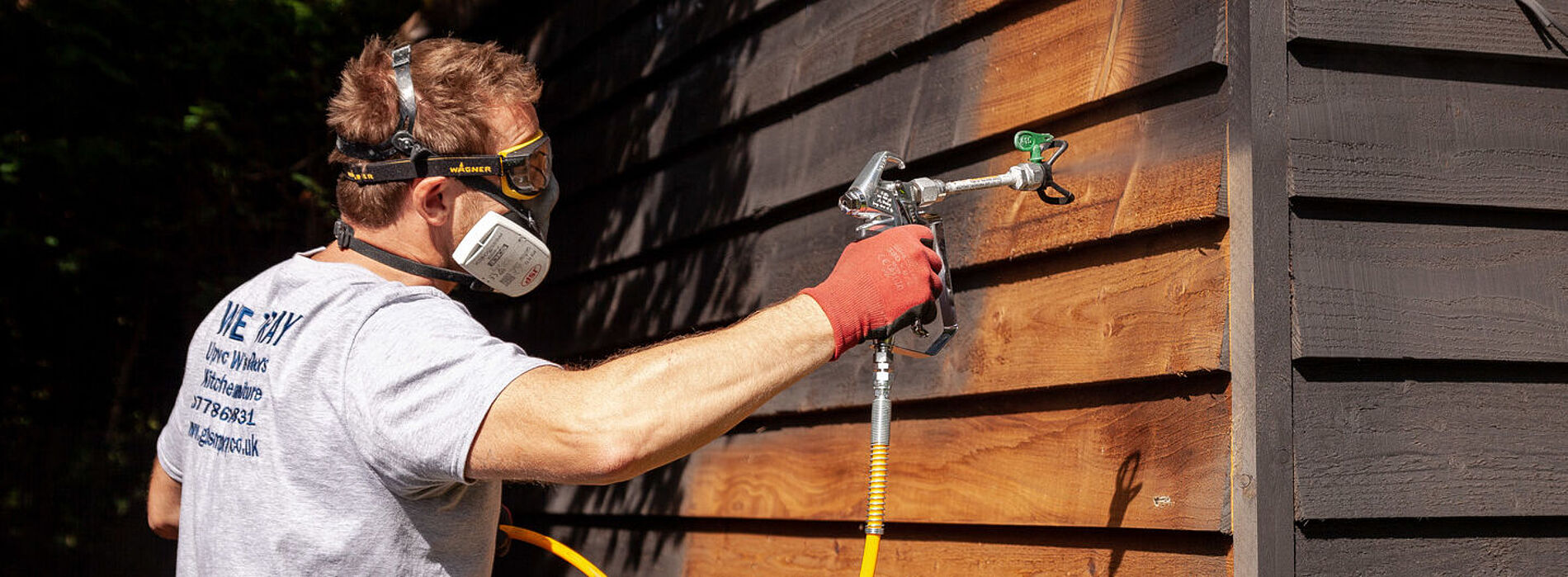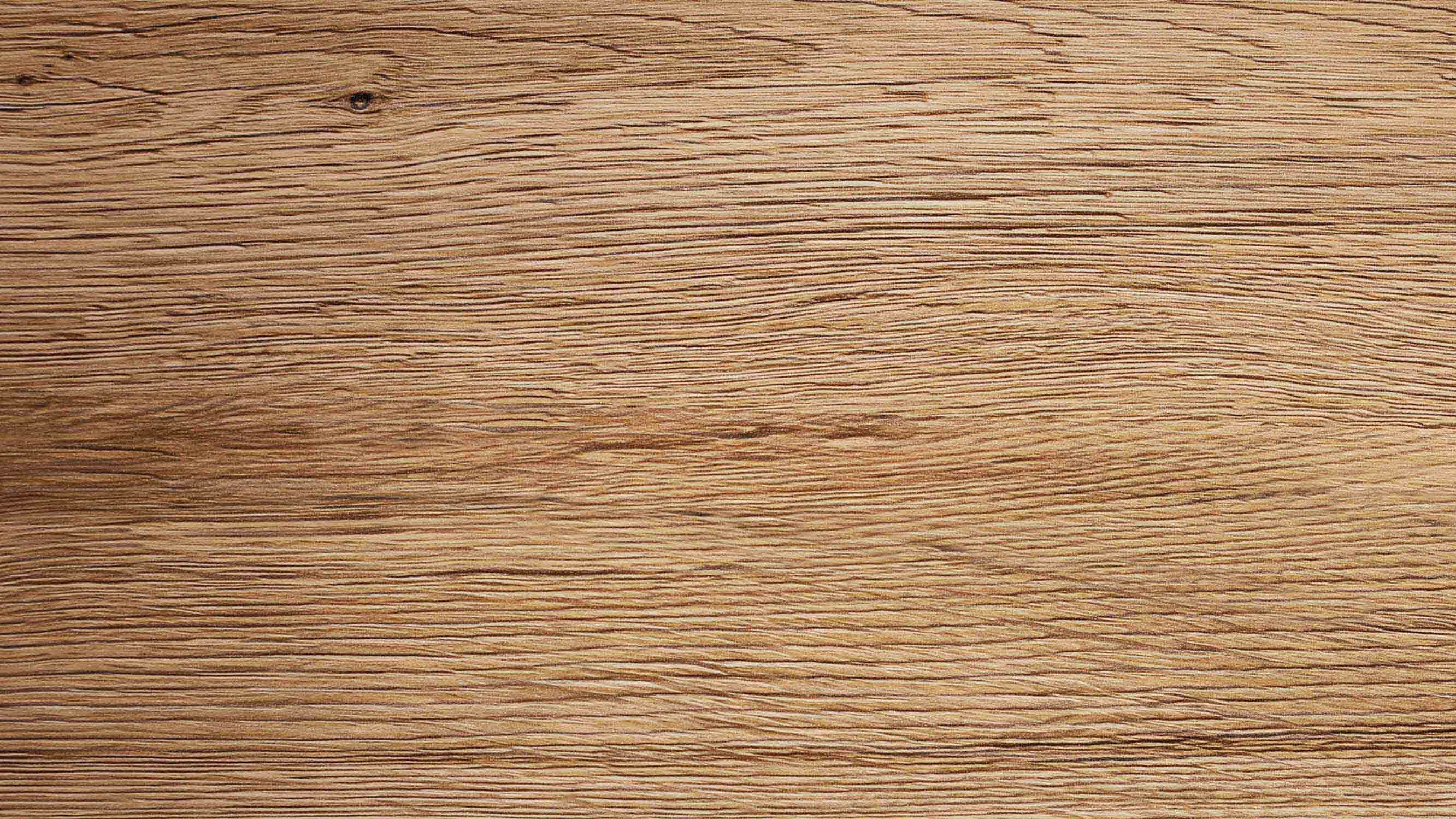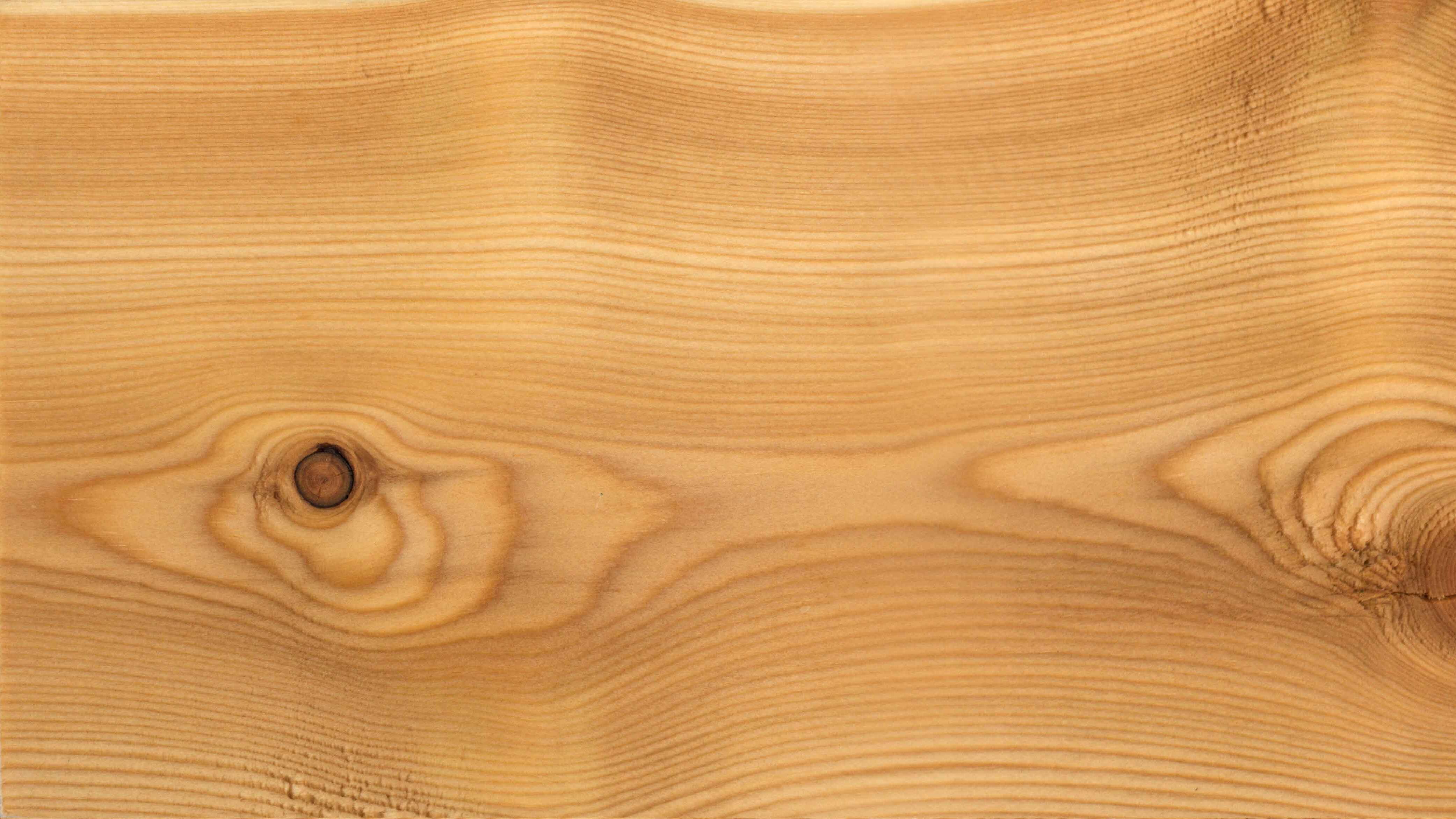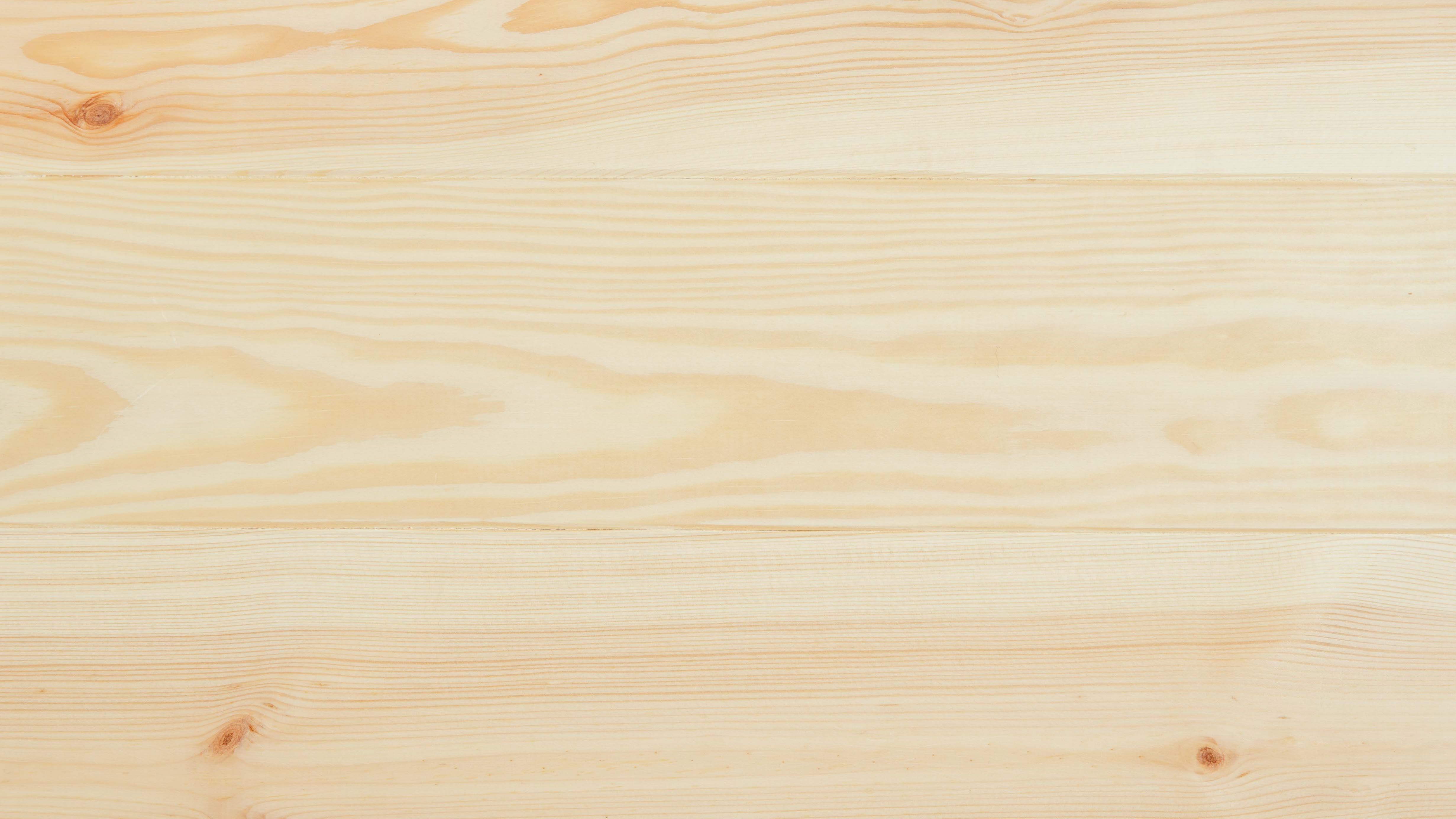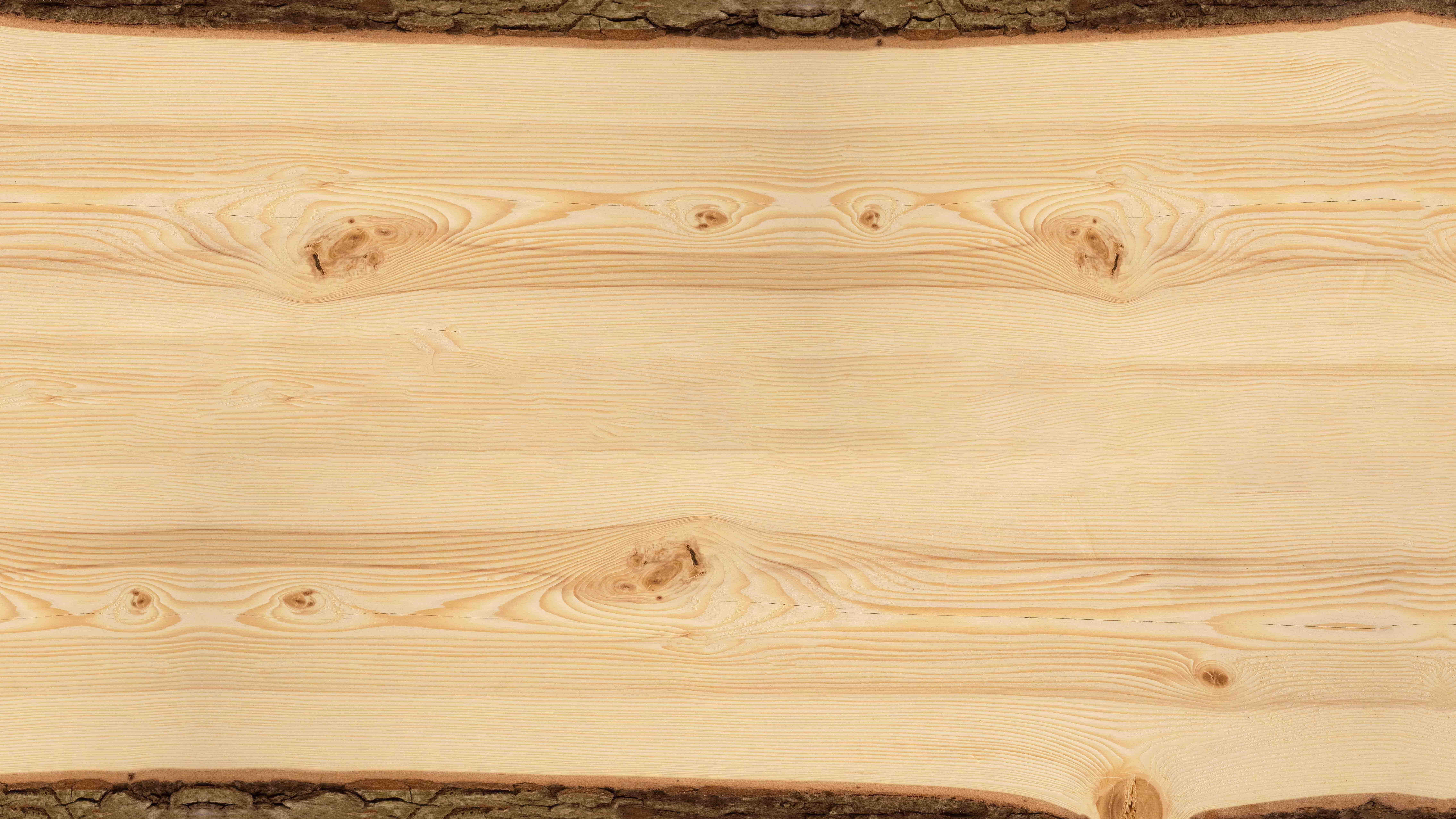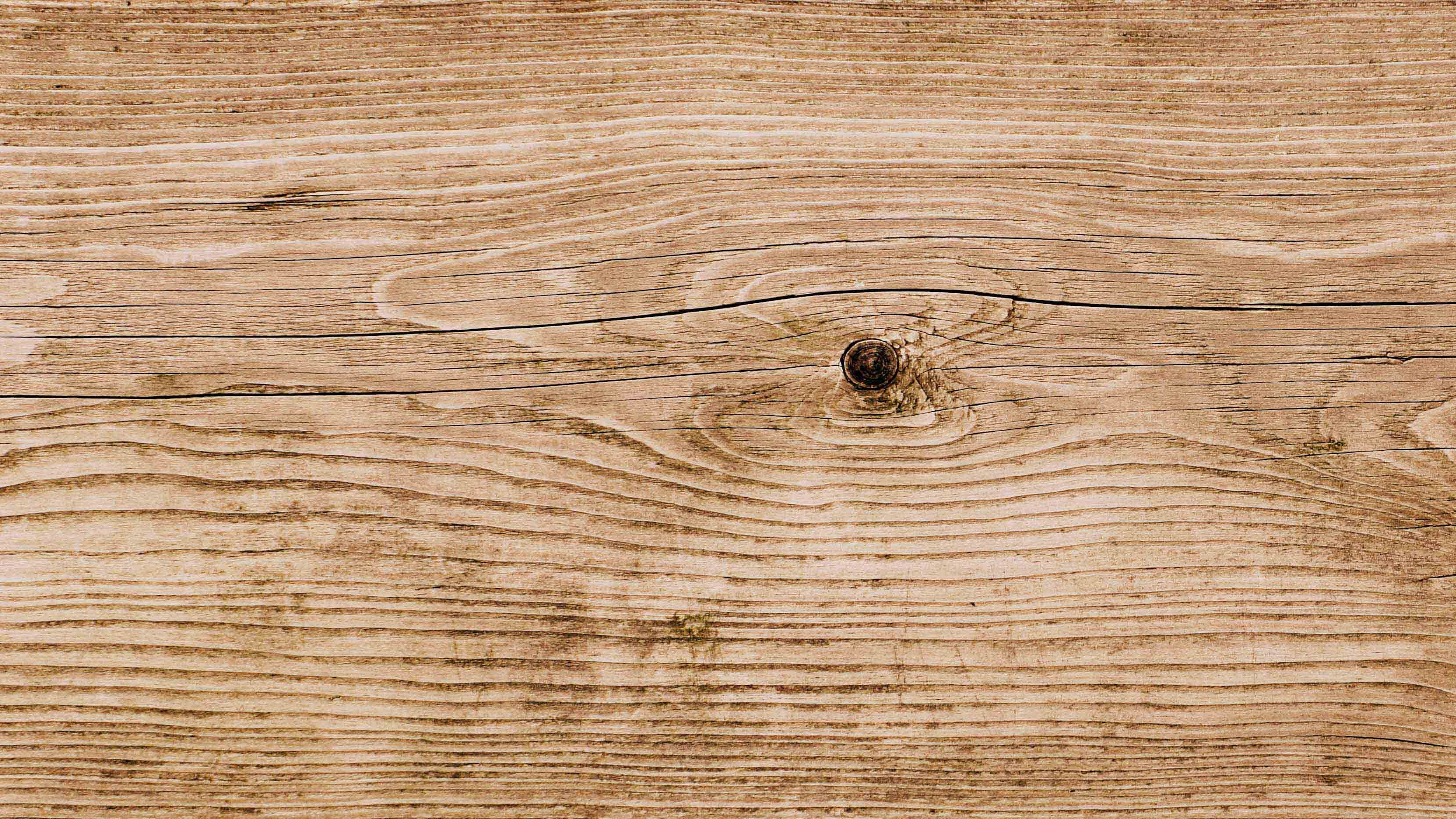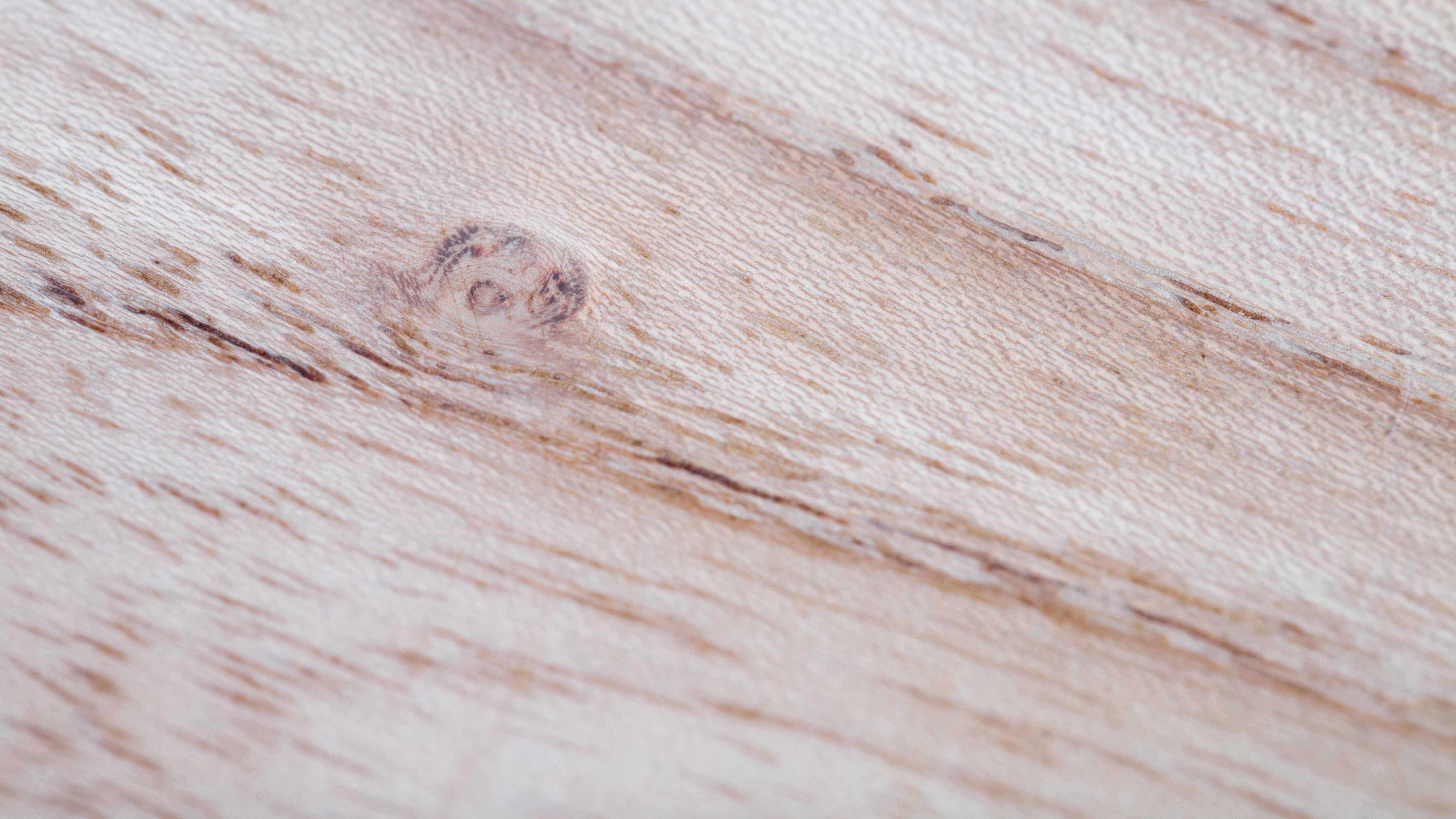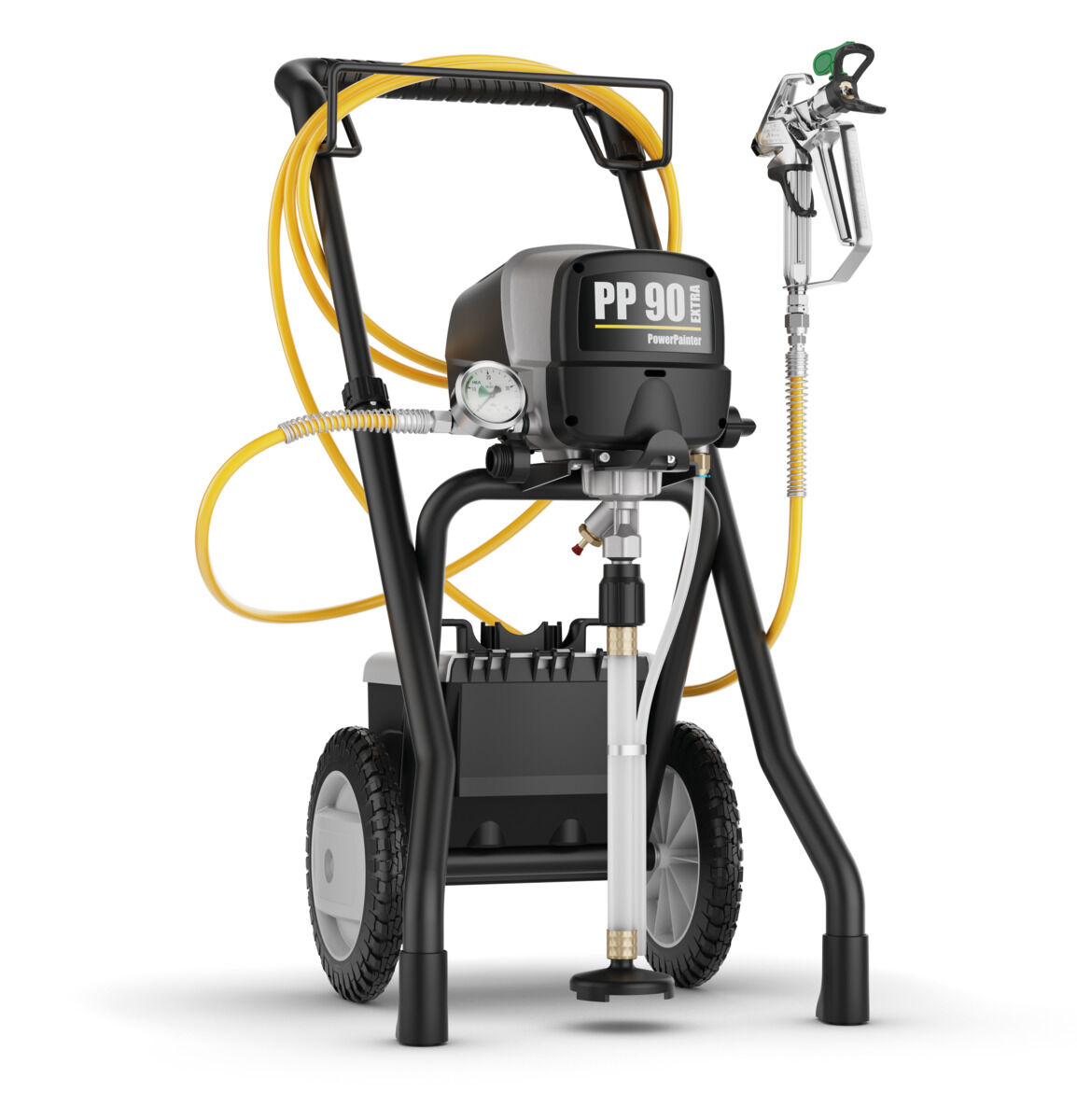Painting a wooden exterior with a paint sprayer
Your customer's house is getting on in years and the exterior needs a new coat of opaque paint? The wooden exterior on the weather side is to be made weatherproof ? Wooden exteriors are exposed to many stresses due to changing temperatures and solar radiation. But whether for wood protection against weathering, mould and pest infestation or for a great new exterior look: Painting wooden exteriors is part of every painter's everyday work. Would you like to save time at work, protect your back and apply paint more precisely than with a roller or brush? Then your choice should be a paint sprayer. However, it is important that they take certain precautions and choose the right material.

